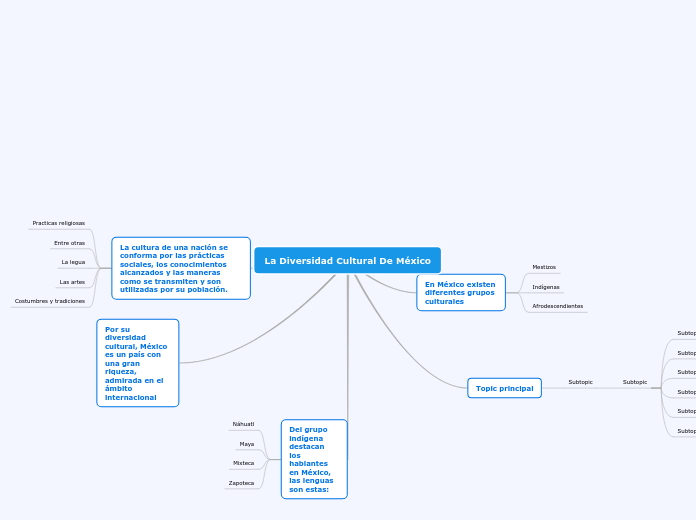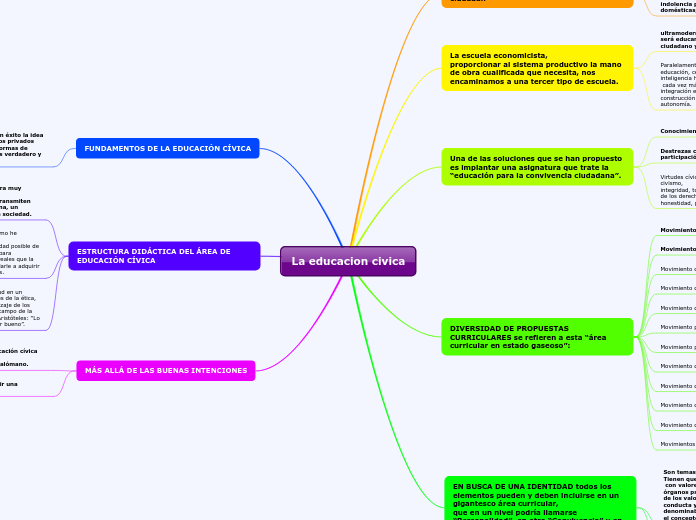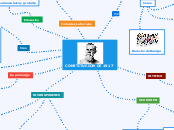GRUPO 5
JULIO FERNANDO CARCHI QUISE
La importancia del multilingüismo para la Nacionalidad
Shuar
To name your story, you have to think about the overall message and what you want your audience to understand from the story. Also, make it relevant and easy to remember.
PERSONAS BILINGUES-ALBERT ACOSTA
In the beginning of the story (or the exposition), you will need to introduce the setting and characters. You might also want to introduce the main conflict. This part of the story is important because it gives the reader necessary background information and maybe even a first insight into a character’s personality.
VENTAJAS PSICOLÓGICAS
Characters are essential to a good story. Usually, the protagonist(s) is/are the most affected by the plot. Introduce a character by focusing on their actions, interests, and occupation, as the physical appearance doesn't make a difference in most cases.
10. Mejora tu primera lengua
9. Nuevas formas de ver las cosas
8. Aumento de la habilidad cognitiva
7. Una mayor atención
6. Ser mejor en la multitarea
5. Ampliación de la memoria
4. Ser más sensible a aprender más idiomas
3. Oír mejor
2. Evita la demencia
1. Crecimiento de la mente
REFLEXIÓN Y ACCIÓNES POLÍTICAS
The ending of a story is essential. We all know that if the ending is weak, what happened before loses its importance. So make it unpredictable, but fair. A resolved ending answers all the questions and ties up any loose threads from the plot.
¿Por qué aprender chinu chicham?
lengua de relaciones comerciales y de negocios
¿Por qué aprender Inkís chicham?
Lengua universal que nos ayudará en el acceso de conocimientos, saberes de otras culturas del mundo y comercio.
¿Por qué aprender el Apách chicham?
Lengua oficial del Ecuador y lengua de relaciones interculturales.
¿Por qué aprender el Kichwa chicham?
This is the closure section of the story.
See examples of possible outcomes below:
- all problems have been solved
- it's clear how each one of your characters ends up
- your main character is transformed by the challenge
Favorece las relaciones interculturales en la sierra y en la amazonia con nuestros hermanos y hermanas kichwakuna.
Try answering these questions to come up with a closure:
- Have all the problems been solved?
- Is there a clear picture of what happens with each character in the story?
- Has the challenge transformed your main character?
- How do the characters feel in the end?
¿Por qué aprender el Shuar chicham?
This is the moment when the main character surpasses the last obstacle and finally faces their greatest challenge.
The climax usually follows one of these patterns:
- realization
- resolution
- choice
Type in your answer.
Lengua para transmitir los conocimientos, saberes y prácticas culturales desde miles de años a las presentes y futuras generaciones.
DESAFÍOS-TOMA DE MEDIDAS
Sistema de Educación Intercultural Bilingüe
Nacionalidad Shuar
LENGUAS INDÍGENAS
The middle of the story is where you add layers of complications that will lead to the end. Reveal more about the character's journey. Did their personality go through changes? How did they overcome the challenges? And as you build up the story’s central conflict, make it more personal to that character. Also, from the middle act, you have to lead into the final act.
REFLEXIONAR
Your character(s) need(s) motivation in order to solve the challenge(s).
NIÑOS
JÓVENES
APRENDER IDIOMAS ANCESTRALES
MAESTROS
Secondary characters also might have motivs beacuse of which they may cross path with main character or which might trigger them to help the main character.
ESTAN POR DESAPARECER
Each story has a main character and that character usually needs to solve a problem or challenge. The character's challenge is the one that creates tension throughout the story.
UNESCO
MORIRÁN 8 LENGUAS










